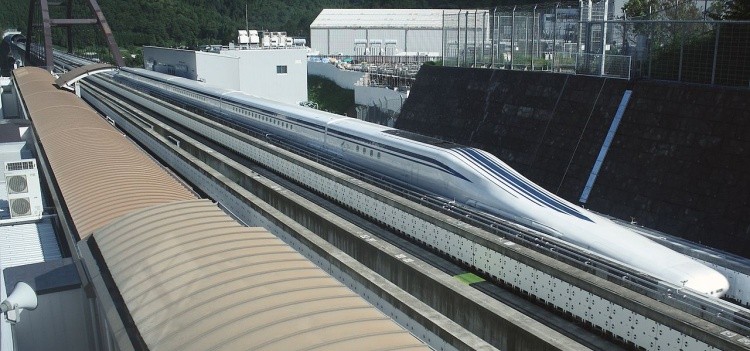Man has always been inspired by nature to create his inventions. Did you know that the beak of the bullet train, the shinkansen, got inspiration from nature? In this article, we will understand a little bit of why the bullet train has a beak and what led it to have it.
Japan's first bullet trains reached an average speed of 200km/h. Japanese researchers always tried to improve the speed of the bullet train, however, they ran into a big problem. The sound emitted by the bullet train was very strong, when leaving a tunnel, there was a sonic explosion and a vibration that reached up to 400 meters away. The sound was waking up people who lived nearby. And disturbing wildlife.
The solution to this problem was found by Eiji Nakatsu, engineer and bird watcher. Watching the kingfisher feeding, he noticed that the bird could dive at high speed without splashing too much water. He wondered how the kingfisher so quickly adapts to the transition from low air resistance to high water resistance. your name in english KingFisher can be literally translated as king fisherman.
Índice de Conteúdo
Kingfisher's beak
The train was designed and conceived around 1989 and 1995. The objective was to allow passengers to travel from Osaka to Hakata in about 2.5 hours, this required an average speed of 350 km/h. The problem was noise, vibration and pressure waves.
The shape of the kingfisher's head allows it to glide through the air and dive into the water to catch fish. He is the most efficient animal when it comes to transitioning from low pressure to high pressure. So, Eiji Nakatsu reshaped the nose of the bullet train imitating the kingfisher and eliminating the noise.
Thanks to the kingfisher, the air pressure produced by the train has been reduced by 30%, it travels more quietly, 10% faster and uses 15% less electricity. So when the shinkansen goes through a tunnel, it doesn't make a big bang.
Other inspirations from nature for the bullet train
The kingfisher is not the only animal that inspired bullet train parts. The pantograph, a part that connects the train to the power source, also used to make noise. Japanese researchers used the owl's concave face and serrated wings to reshape the pantograph and absorb this noise.
Another animal that influenced the modeling of the pantograph was the Penguin. It has a shape that allows it to easily move through the water to catch fish. The pantograph's support axis has been reshaped like a Penguin's body to decrease wind resistance and thus reduce aerodynamic noise.
Thanks to these inspirations from nature, Japan's bullet train generation just got faster and quieter. So more than 64 million people can walk quietly in safety and peace, in one of the best designed and safest inventions in the world. The Japanese are so confident in their designs that the bullet train doesn't even have a seat belt. Rail transport produces the least amount of greenhouse gases, as well as being faster and safer. Thanks to the shinkansen, more than 2,000 traffic deaths are avoided in Japan.
Not only the bullet train, but several other human inventions were inspired by nature. What lesson can we take from this? I personally find it difficult that something like this came about by chance.








